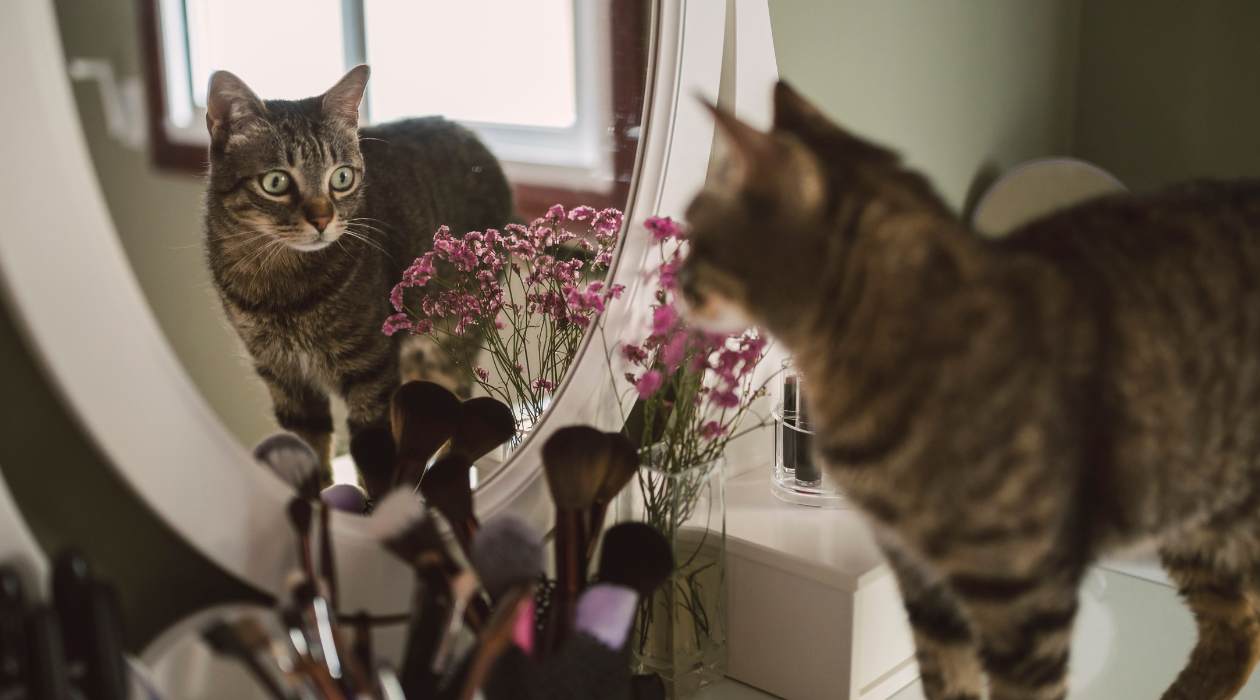

Articles
Why Do Cats Scratch On Mirrors
Modified: December 7, 2023
Discover why cats have the urge to scratch on mirrors and find helpful articles on preventing this behavior.
(Many of the links in this article redirect to a specific reviewed product. Your purchase of these products through affiliate links helps to generate commission for Storables.com, at no extra cost. Learn more)
Introduction
Cats are fascinating creatures. They are known for their grace, independence, and enigmatic behaviors. One of those behaviors that often perplexes cat owners is their instinctive need to scratch on various surfaces. From furniture to carpets, walls to curtains, it seems like no object is off-limits for their sharp claws. But what about mirrors? Why do cats scratch on mirrors?
In this article, we will delve into the scratching behavior of cats and explore the reasons behind their fascination with mirrors. Understanding these behaviors can help cat owners better comprehend their furry friends and find effective ways to redirect their scratching tendencies.
Key Takeaways:
- Cats scratch on mirrors due to instinctual behaviors, visual stimulation, and communication needs. Understanding their motivations can help redirect their scratching tendencies effectively.
- Providing suitable scratching alternatives, promoting positive reinforcement, and creating a stimulating environment can redirect cats’ scratching behavior away from mirrors, ensuring a harmonious living environment.
Read more: Why Does My Cat Scratch Glass And Mirrors
Understanding the Scratching Behavior of Cats
Scratching is a natural behavior in cats that serves several purposes. It helps them shed the outer layers of their claws, keeping them sharp and healthy. Scratching also helps cats stretch their muscles and maintain flexibility. Additionally, it marks their territory by leaving both visual and scent markers.
The structure of a cat’s claws makes scratching necessary for their overall well-being. Unlike human nails, which grow continually, a cat’s claws have a covering called the sheath, which needs to be shed through scratching. This innate behavior is deeply ingrained in their instincts and is not something they can simply refrain from doing.
Furthermore, cats have scent glands in their paws, and when they scratch, they leave behind pheromones that act as a form of communication with other cats. These territorial markers serve as a way for cats to assert their presence and signal ownership of a particular area.
By understanding the underlying reasons for scratching, we can begin to grasp why cats might be drawn to scratching on mirrors. It is important to note that not all cats exhibit this behavior, but for those that do, there are a few key factors at play that contribute to their fascination with mirrors.
The Fascination with Mirrors
Mirrors hold a particular allure for cats due to their reflective properties and the visual stimuli they provide. Cats are naturally curious creatures, and the sight of their own reflection can be intriguing and captivating. When a cat sees its reflection in a mirror, it may perceive it as another cat or an intruder in its territory, sparking a range of responses.
The mirror’s reflective surface can create the illusion of depth, which can be captivating and engaging for cats. They may try to interact with their reflection by pawing at it, playfully mimicking the movements they observe. This behavior might stem from a combination of natural hunting instincts and social interaction patterns among cats.
Moreover, the movement of a cat’s reflection in the mirror can pique their interest. Cats are visually oriented predators, and any movement in their surroundings tends to grab their attention. The slightest twitch or flicker can trigger their instinctive response to investigate and potentially engage in play.
It’s important to mention that not all cats are fascinated by mirrors. Some cats may show a brief interest, while others may ignore their reflection altogether. Each cat has its own unique personality and preferences, so it’s essential to observe and understand your individual cat’s behaviors and responses to mirrors.
In the next sections, we will explore the specific reasons behind cats scratching on mirrors and delve deeper into their instinctual behaviors and communication patterns. Understanding these factors can help cat owners better address and redirect this behavior effectively.
Reasons behind Cats Scratching on Mirrors
While scratching on mirrors may seem like an unusual behavior, there are several reasons why cats engage in this activity. Let’s explore some of the common motivations behind cats scratching on mirrors.
1. Instinctual Behaviors and Territory Marking: As mentioned earlier, scratching serves as a way for cats to mark their territory. When a cat scratches on a mirror, they leave behind visual and scent markers, conveying their presence and asserting ownership. They may also be instinctively trying to establish their territory in a new environment or defend their space.
2. Reflections, Movements, and Playfulness: Cats are naturally drawn to movement, and a moving reflection in the mirror can trigger their hunting instincts. They may view their reflection as another cat or prey, leading them to paw at the mirror or engage in playful behavior. It’s worth noting that cats have an innate desire to engage in mock hunting, and a mirror provides an environment that simulates this activity.
3. The Role of Visual Stimulation: Cats are highly visual creatures, and mirrors offer them an opportunity for visual stimulation. The reflective surface of a mirror can provide a novel and ever-changing environment for cats to observe and interact with, keeping them mentally engaged and entertained.
4. Feline Communication and Social Interaction: Cats are social animals, and scratching on mirrors can also serve as a form of communication with other cats. By leaving behind scent and visual markers on the mirror’s surface, cats may be signaling their presence, availability for social interaction, or asserting dominance to other cats in the household.
It’s important to note that each cat may have its own unique combination of motivations for scratching on mirrors. Additionally, it’s crucial to differentiate between normal scratching behavior and excessive or destructive scratching. If your cat’s scratching becomes problematic, causing damage or distress, it’s recommended to consult with a veterinarian or professional behaviorist to address any underlying issues and find appropriate solutions.
In the following sections, we will discuss ways to prevent and redirect cats’ scratching behavior, ensuring a harmonious living environment for both feline companions and their human caretakers.
Instinctual Behaviors and Territory Marking
Cats are territorial animals by nature, and scratching is an integral part of their instinctual behaviors for marking and establishing their territory. When a cat scratches on a surface, they leave behind not only visual marks but also scent markers through small glands located in their paws.
By scratching on a mirror, cats are essentially declaring ownership and asserting their presence in that particular area. This is particularly true when introducing a new mirror into their environment. As they scratch, they transfer their scent onto the mirror, effectively leaving a personalized message for other cats, signaling that this spot is occupied or claimed.
The act of scratching also helps cats maintain their claws. Unlike humans, a cat’s claws continuously grow, and scratching allows them to shed the outer layers of their claws, keeping them sharp and healthy. It also helps cats stretch their muscles and maintain flexibility.
When it comes to scratching on mirrors specifically, cats may be attracted to the smooth and reflective surface. The mirror’s surface may offer a different texture and visual appeal compared to other objects in their environment. Additionally, since mirrors are often placed in prominent areas of a home, scratching on a mirror can provide cats a way to mark their territory in a more visible and conspicuous manner.
To redirect your cat’s scratching behavior away from mirrors, it’s important to provide them with alternative scratching surfaces that fulfill their instinctual needs. Consider providing sturdy scratching posts or mats made of materials like sisal or cardboard. Place these alternatives strategically around your home, especially near the mirrors where your cat is most likely to engage in scratching behavior.
Remember, it’s essential to never punish or scold your cat for scratching on mirrors or other objects. Instead, focus on positive reinforcement by rewarding and praising your cat when they use the appropriate scratching surfaces. Consistency and patience are key when it comes to modifying your cat’s scratching behavior.
By understanding and addressing your cat’s instinctual behaviors and providing appropriate outlets for scratching, you can help create a harmonious environment that satisfies both your cat’s natural instincts and your desire to protect your mirrors.
Provide your cat with a scratching post or pad near the mirror to redirect their behavior. You can also try using double-sided tape on the mirror’s edges to deter scratching.
Read more: Why Do Cats Scratch The Floor
Reflections, Movements, and Playfulness
Cats are known for their keen senses and natural hunting instincts. When it comes to mirrors, the reflections and movements they produce can catch a cat’s attention, leading to a fascination with the mirror’s surface.
When a cat sees its reflection in a mirror, it may perceive it as another cat or an unfamiliar creature. This can trigger a range of responses, including curiosity, playfulness, or even aggression. Cats may paw at the mirror, tilt their heads, or even engage in vocalizations as they try to interact with their reflection.
The movement of a cat’s reflection in the mirror can be particularly captivating for them. Cats are visual hunters, and any motion in their surroundings tends to grab their attention. The sight of their reflection moving can mimic the behavior of prey, stimulating their natural hunting instincts.
In their attempt to engage with their reflection, cats may display playful behaviors such as pouncing, batting at the mirror, or even leaping towards it. This playfulness is an outlet for their energy and a way for them to practice their hunting skills.
It’s important to note that not all cats exhibit the same level of interest or playfulness when it comes to mirrors. Each cat has its own unique personality and preferences. Some cats may show a brief interest in their reflection before losing interest, while others may engage in playful encounters with their reflection regularly.
To facilitate your cat’s interaction with their reflection, you can provide them with toys or interactive play sessions near the mirror. This can redirect their focus and satisfy their natural hunting instincts in a simulated environment.
Additionally, monitoring your cat’s behavior around mirrors is crucial. Excessive or obsessive interaction with their reflection can lead to frustration or stress. If you notice signs of aggression or anxiety, it’s essential to intervene and provide a safe and calm environment for your cat.
By understanding and acknowledging your cat’s inclination for playfulness and their attraction to reflections and movements, you can better engage with them in their natural behaviors while ensuring their well-being and enjoyment within their environment.
The Role of Visual Stimulation
Cats are highly visual creatures, and visual stimulation plays a vital role in their overall well-being. Mirrors can offer a unique and dynamic visual environment for cats, captivating their attention and providing mental stimulation.
The reflective surface of a mirror allows cats to observe and interact with their surroundings in a different way. They can see their own reflection, the room they are in, and any movement or activity happening around them. This visual engagement can be fascinating for cats, especially those with a curious and observant nature.
When cats are exposed to a visually stimulating environment, it helps keep their minds engaged and prevents boredom. This is particularly important for indoor cats who may have limited access to outdoor stimuli. Mirrors can provide an outlet for their innate hunting instincts and curiosity, helping to satisfy their need for mental stimulation.
Mirrors can also serve as a form of entertainment for cats. They can spend hours watching their reflections, potentially mimicking the behaviors they see. This can include batting at their reflection or engaging in play with themselves, providing both physical exercise and mental stimulation.
To enhance the visual stimulation for your cat, you can consider placing mirrors strategically in areas where they spend a significant amount of time. This can be near their favorite resting spots or play areas. By doing so, you provide them with additional visual stimuli that can enrich their environment and keep them mentally engaged.
However, it’s important to note that each cat is unique, and some cats may not show a strong interest in mirrors. It’s essential to observe your cat’s individual preferences and reactions to determine whether mirrors offer a beneficial source of visual stimulation for them.
Lastly, if your cat becomes fixated on their reflection or displays signs of distress or aggression towards it, it may be necessary to limit their exposure to mirrors. Some cats may find the presence of their reflection confusing or worrisome, and removing or covering the mirror can alleviate their stress.
By understanding the role of visual stimulation in a cat’s life and monitoring their reactions to mirrors, you can create an environment that provides enrichment and mental engagement while respecting your cat’s individual preferences and comfort levels.
Feline Communication and Social Interaction
Cats are social animals, and communication plays a crucial role in their interactions with other cats and humans. Scratching on mirrors can also have a communicative aspect, allowing cats to convey messages and establish social hierarchies within their social group or territory.
When a cat scratches on a mirror, they leave behind scent markers through the glands in their paws. These scent markers act as a mode of communication, signaling their presence and leaving behind a unique personal scent on the mirror’s surface. Other cats in the household or visiting cats can detect these scent markers, helping them recognize the presence of the scratcher and establish boundaries.
In multi-cat households, scratching on mirrors can serve as a way for cats to communicate their social status and establish dominance. The higher-ranking cats may use scratching as a clear message to lower-ranking cats, marking their territory and asserting their authority. This form of communication helps maintain social harmony and reduces potential conflicts among the feline members of the household.
Scratching on mirrors can also function as an invitation for social interaction. When a cat leaves scent markers on the mirror, it can signal to other cats their availability for play, mating, or simply social bonding. By scratching on the mirror, cats are essentially saying, “I am here and ready to engage with others.”
Understanding the communicative aspect of scratching on mirrors can help you better comprehend your cat’s social dynamics and relationships with other feline companions. It also highlights the importance of providing appropriate outlets for social interaction and play within a multi-cat household, such as providing ample playtime and enrichment activities.
If you have a single cat and your cat scratches on mirrors, it can be a way for them to communicate with you. Cats often scratch in our presence to seek attention, express their needs, or simply engage us in play. By providing alternative outlets for scratching, such as scratching posts or mats, you can redirect their behavior and provide them with appropriate platforms to communicate with you.
Remember, each cat is unique, and their communication patterns may vary. Observing and understanding your cat’s individual behaviors and responses to scratching can help foster a deeper bond and improve their social interactions within their environment.
Preventing and Redirecting Scratching Behavior
While scratching is a natural behavior for cats, it’s important to provide them with appropriate outlets and redirect their scratching tendencies away from mirrors or other undesirable surfaces. Here are some effective strategies for preventing and redirecting scratching behavior:
1. Provide Scratching Alternatives: Cats need suitable surfaces to scratch on. Invest in sturdy scratching posts, mats, or boards made of materials like sisal, cardboard, or wood. Place these alternatives near the areas where your cat is prone to scratching, including near mirrors. Encourage their use by using toys or treats to attract your cat to the designated scratching areas.
2. Promote Positive Reinforcement: When you notice your cat using the appropriate scratching surfaces, provide praise, treats, or gentle petting as positive reinforcement. This rewards and encourages the desired behavior, reinforcing the association between the appropriate scratching surface and positive experiences.
3. Make Undesirable Surfaces Unattractive: If your cat insists on scratching on mirrors or other off-limits surfaces, make them less appealing by using deterrents. Cover the surfaces with double-sided sticky tape, aluminum foil, or plastic sheeting. Cats dislike the texture and feel of these materials, discouraging them from scratching there.
4. Trim Your Cat’s Nails: Regular nail trims can help reduce the damage caused by scratching. Take care when trimming your cat’s nails or consult a veterinarian or professional groomer for assistance if needed.
5. Use Deterrent Sprays or Scents: There are commercially available deterrent sprays or scents specifically designed to discourage cats from scratching on certain surfaces. These products emit odors or tastes that cats find unpleasant, deterring them from scratching in those areas.
6. Provide Mental and Physical Stimulation: Engaging your cat in regular play sessions, providing interactive toys, and creating a stimulating environment can help redirect their energy and prevent boredom. A mentally and physically stimulated cat is less likely to engage in destructive scratching behaviors.
7. Consult a Veterinarian or Behaviorist: If your cat’s scratching behavior persists despite your efforts, or if it becomes excessive or destructive, seeking professional advice can be beneficial. A veterinarian or professional animal behaviorist can assess your cat’s behavior and provide personalized recommendations or training techniques to address the issue.
Remember, it’s crucial to be patient and consistent when redirecting your cat’s scratching behavior. With time, proper training, and the provision of suitable alternatives, you can effectively steer your cat away from scratching on mirrors and other undesirable surfaces, allowing for a harmonious living environment for both you and your feline companion.
Conclusion
Understanding why cats scratch on mirrors requires a closer look at their innate behaviors, instincts, and desire for social interaction. Scratching serves a variety of purposes for cats, including territory marking, maintaining healthy claws, and providing mental and physical stimulation.
Mirrors hold a particular fascination for cats due to their reflective properties, potential for visual stimulation, and the lure of movement and playfulness. However, not all cats are equally interested in mirrors, and each cat has its own unique preferences and behaviors.
By recognizing the reasons behind scratching on mirrors, cat owners can better address this behavior. Providing suitable scratching alternatives, promoting positive reinforcement, and creating a stimulating environment can redirect their scratching tendencies in a more desirable direction.
It’s essential to remember that while redirecting your cat’s scratching behavior, it’s crucial to respect their natural instincts and provide appropriate outlets for their needs. Punishment or scolding should be avoided, as it can cause stress and damage the bond between you and your cat.
Understanding and addressing your cat’s scratching behavior not only benefits your furniture and home, but it also contributes to your cat’s overall well-being. By providing the necessary outlets for scratching and mental stimulation, you can allow your cat to express their natural behaviors while ensuring a harmonious and enriching living environment for both you and your feline companion.
In conclusion, the scratching behavior of cats on mirrors is a complex interplay of instinct, communication, and environmental factors. With patience, consistency, and a deep understanding of your cat’s needs, you can redirect their scratching behavior and foster a strong bond based on mutual understanding and respect.
Frequently Asked Questions about Why Do Cats Scratch On Mirrors
Was this page helpful?
At Storables.com, we guarantee accurate and reliable information. Our content, validated by Expert Board Contributors, is crafted following stringent Editorial Policies. We're committed to providing you with well-researched, expert-backed insights for all your informational needs.
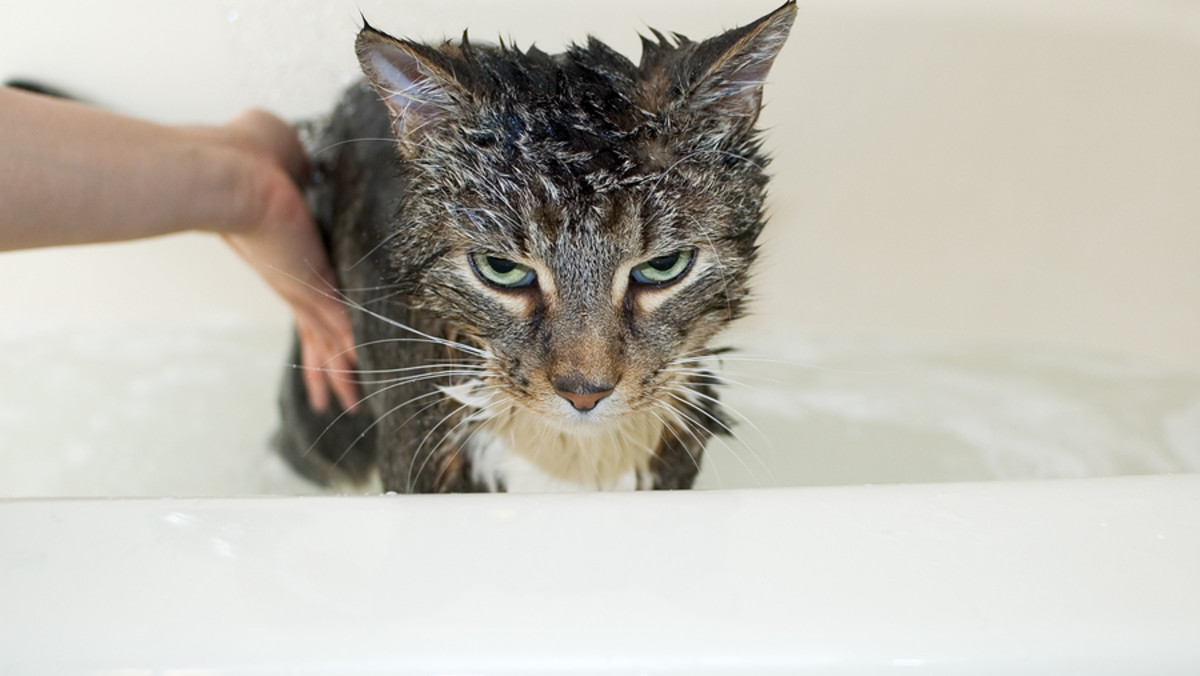
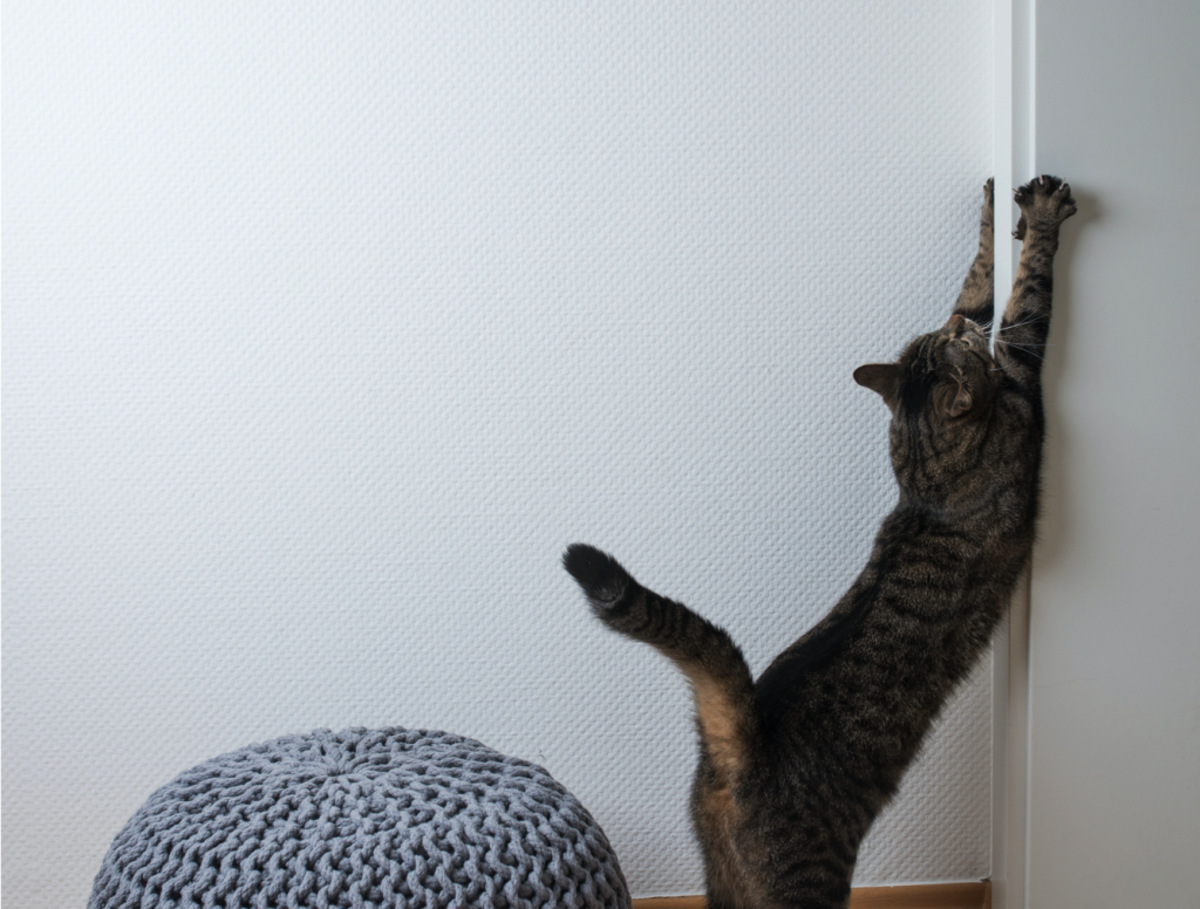
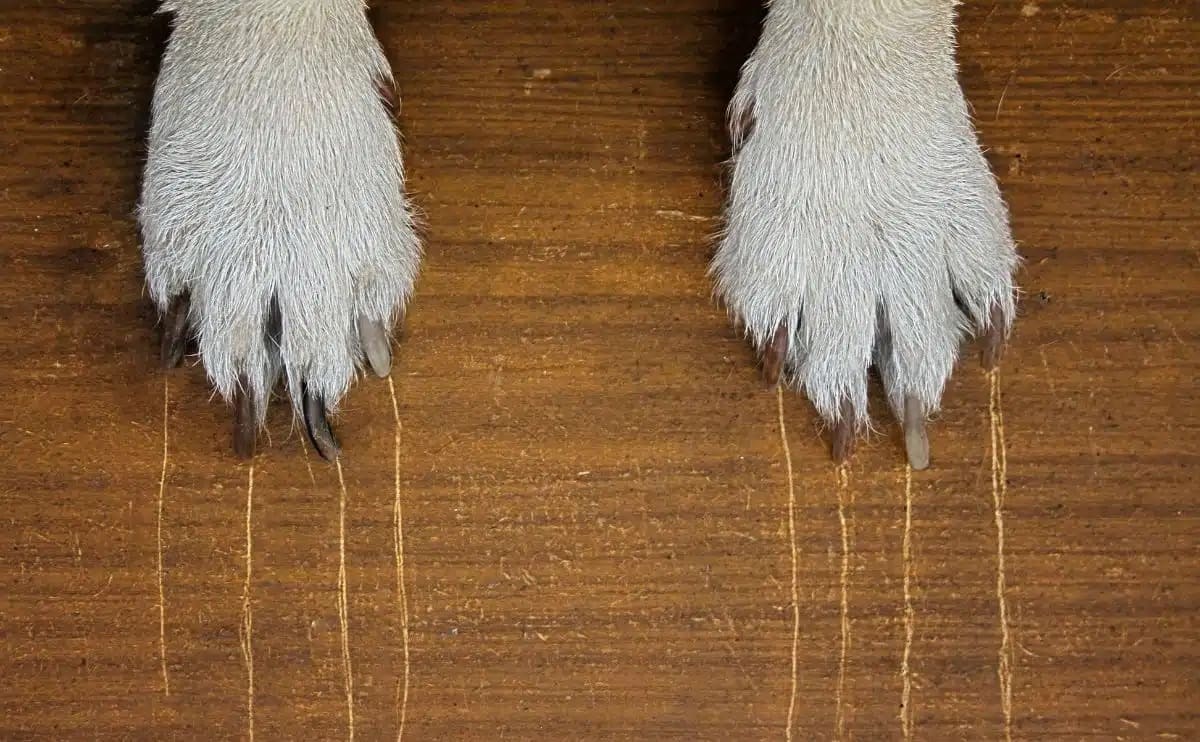

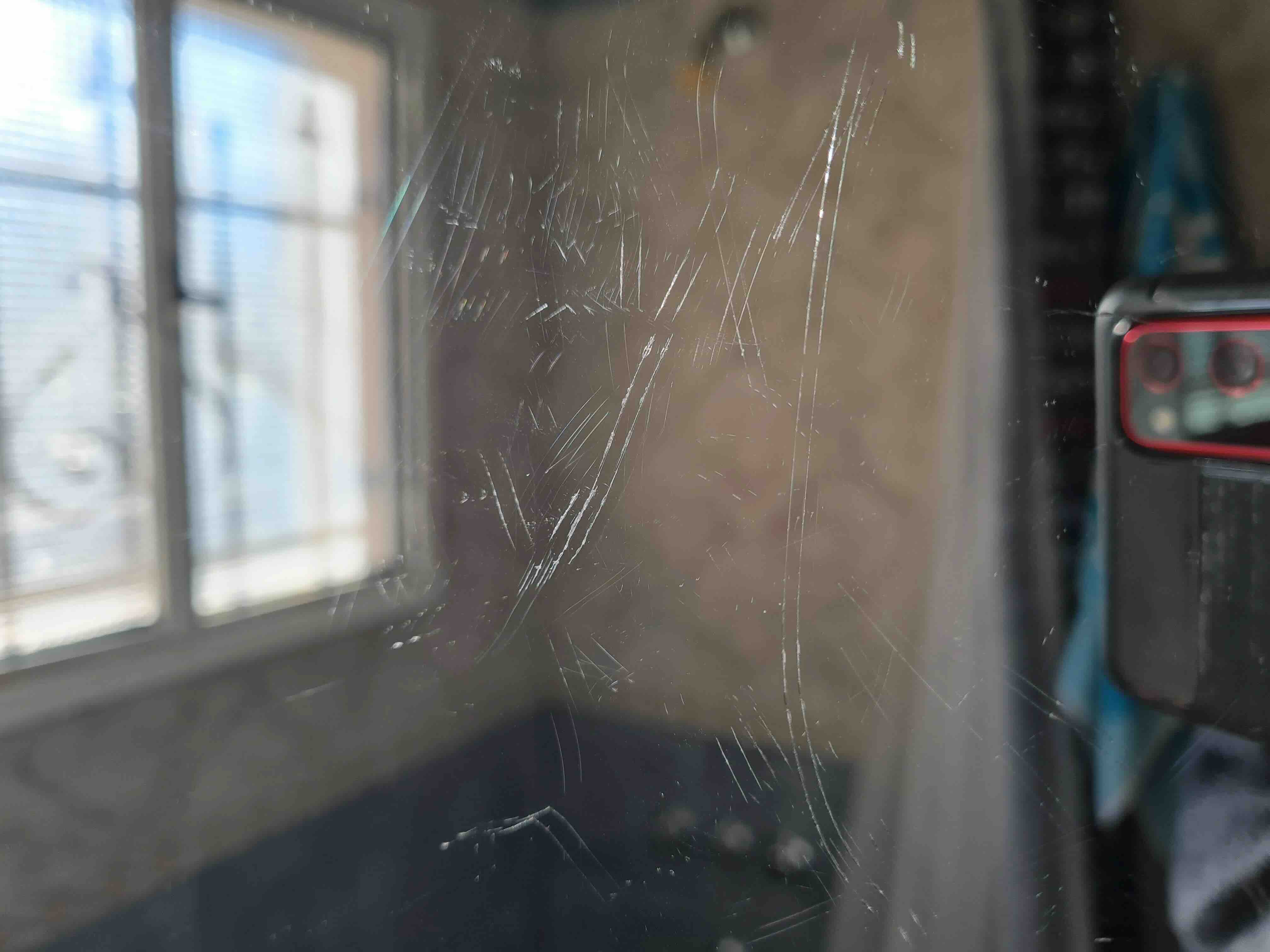
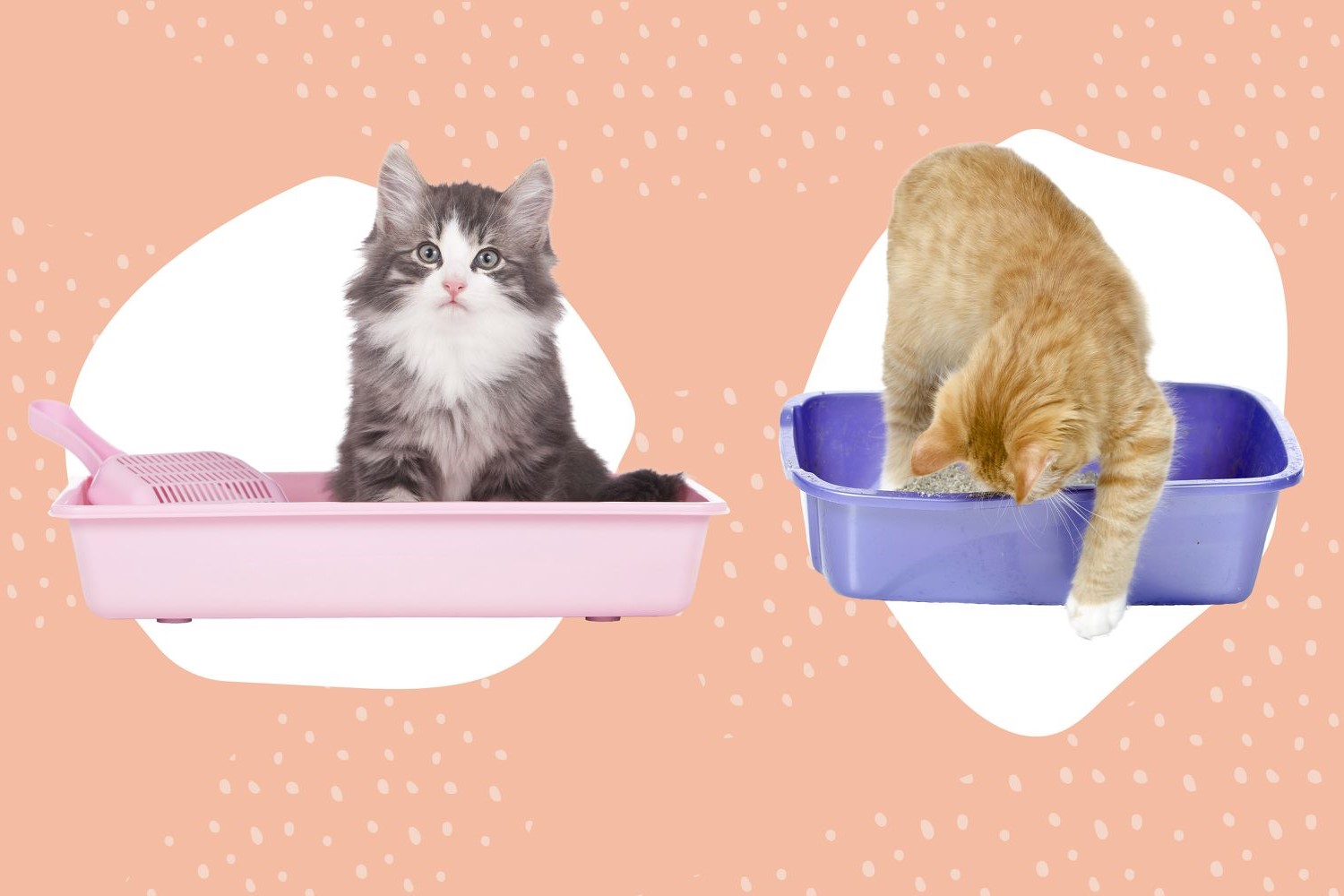
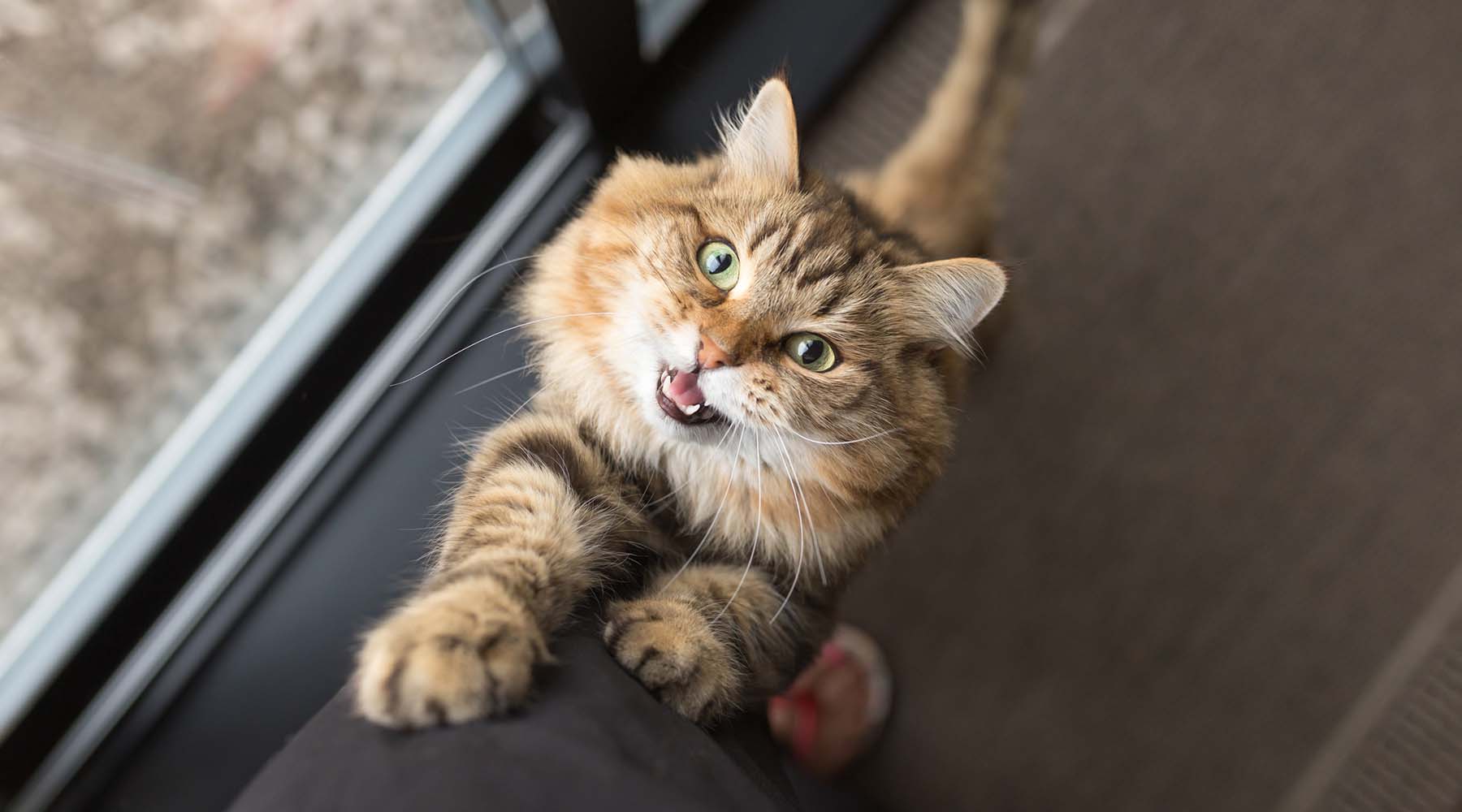
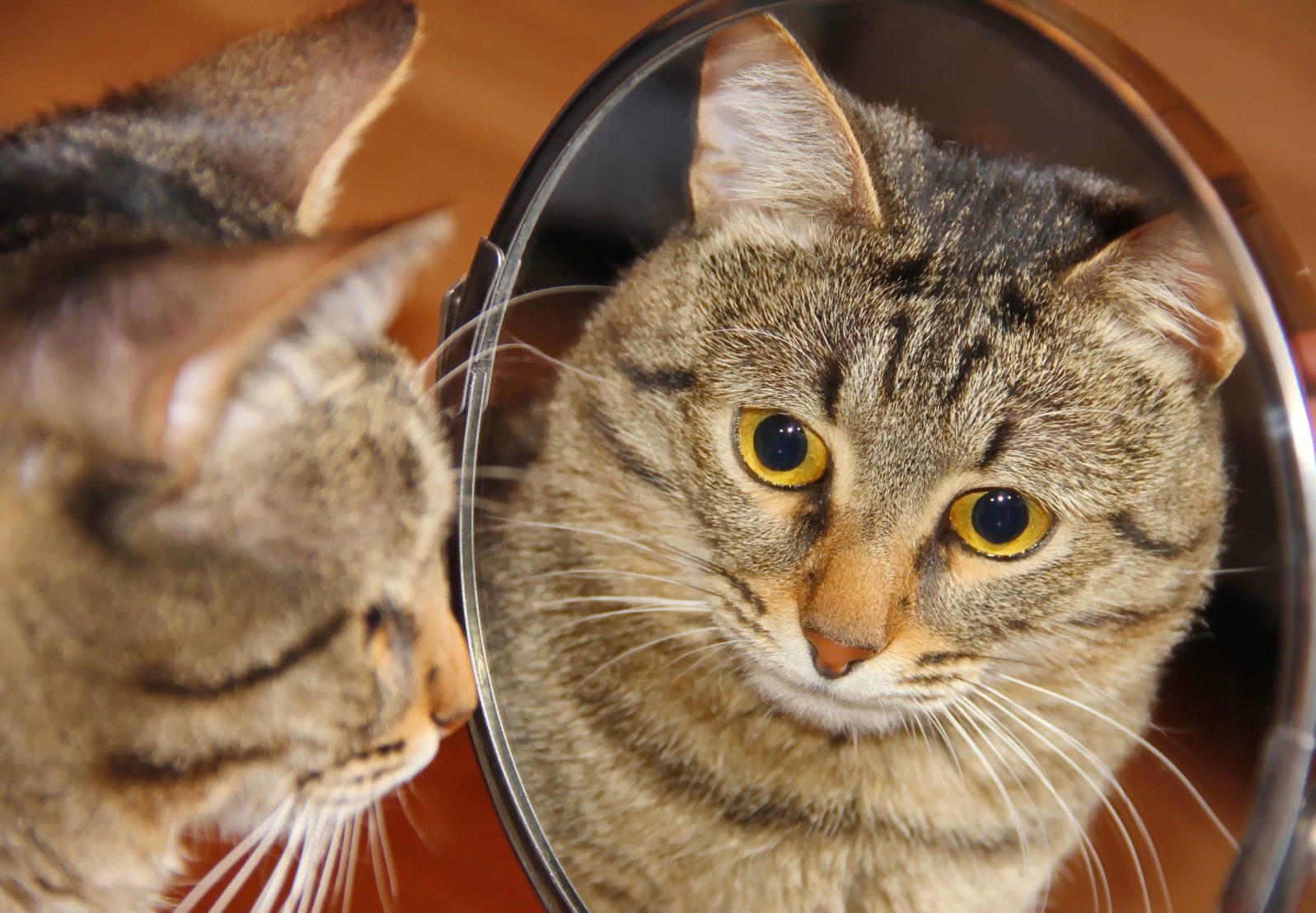
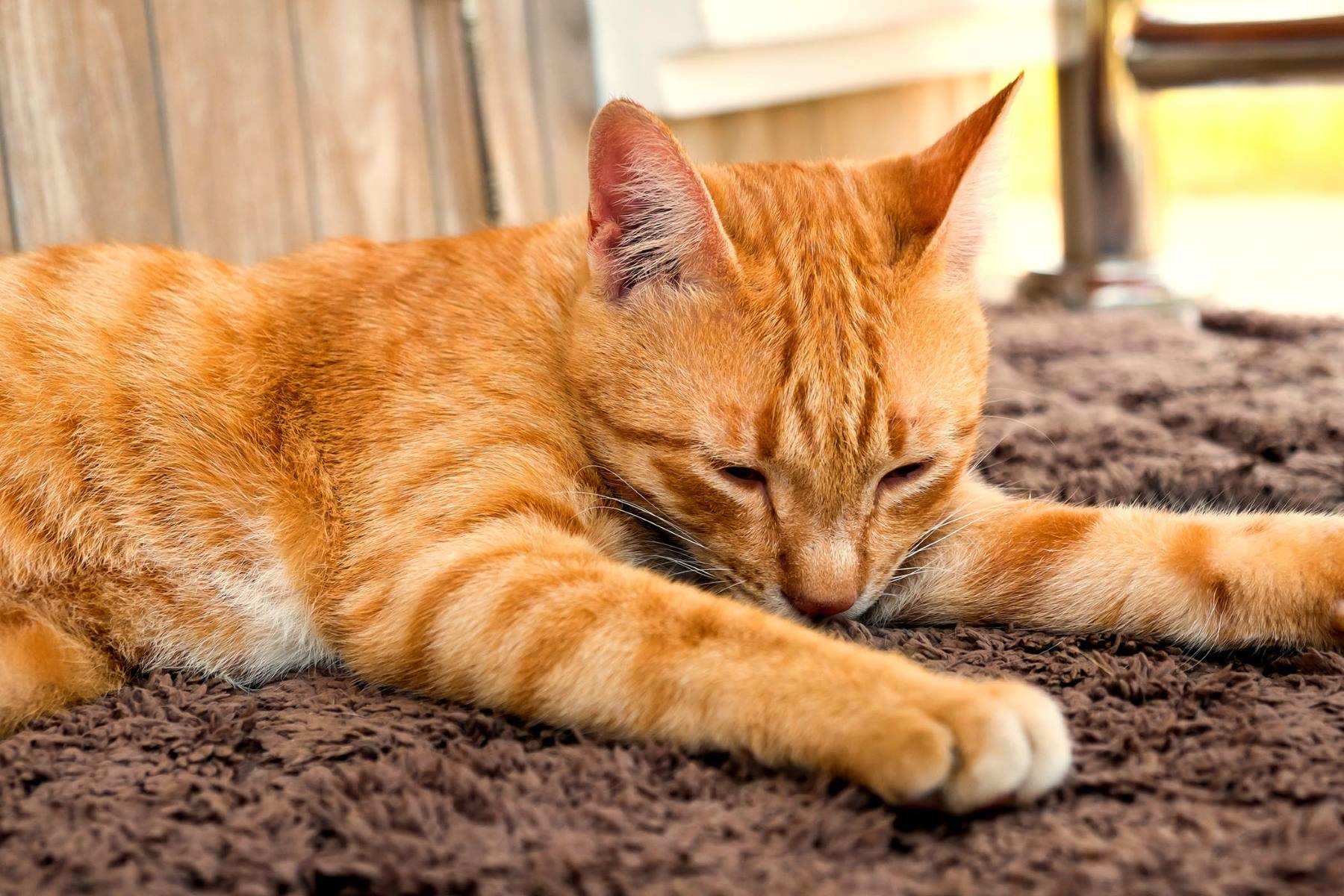
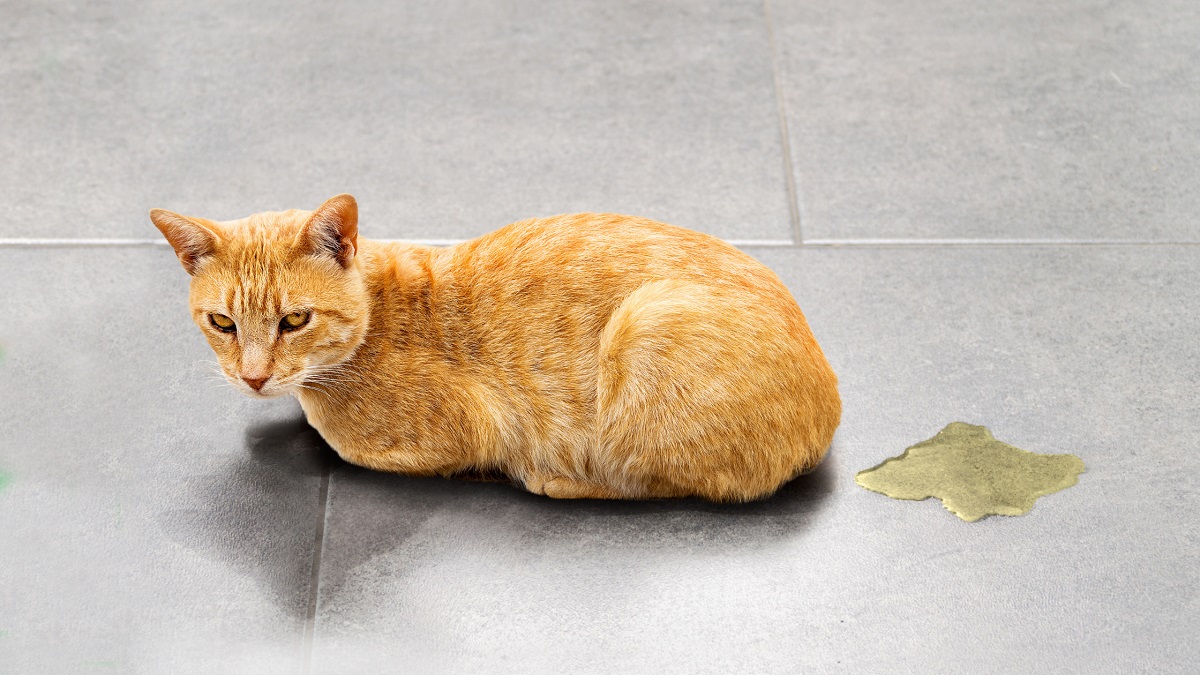
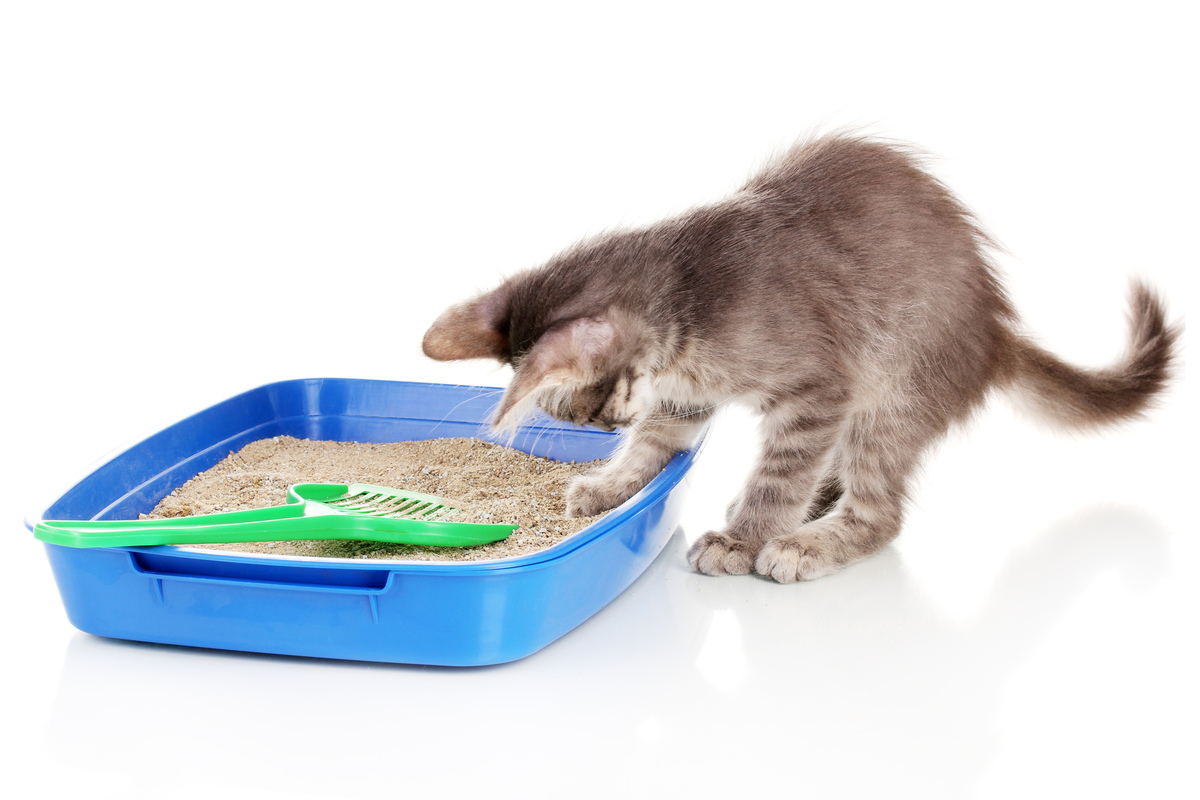
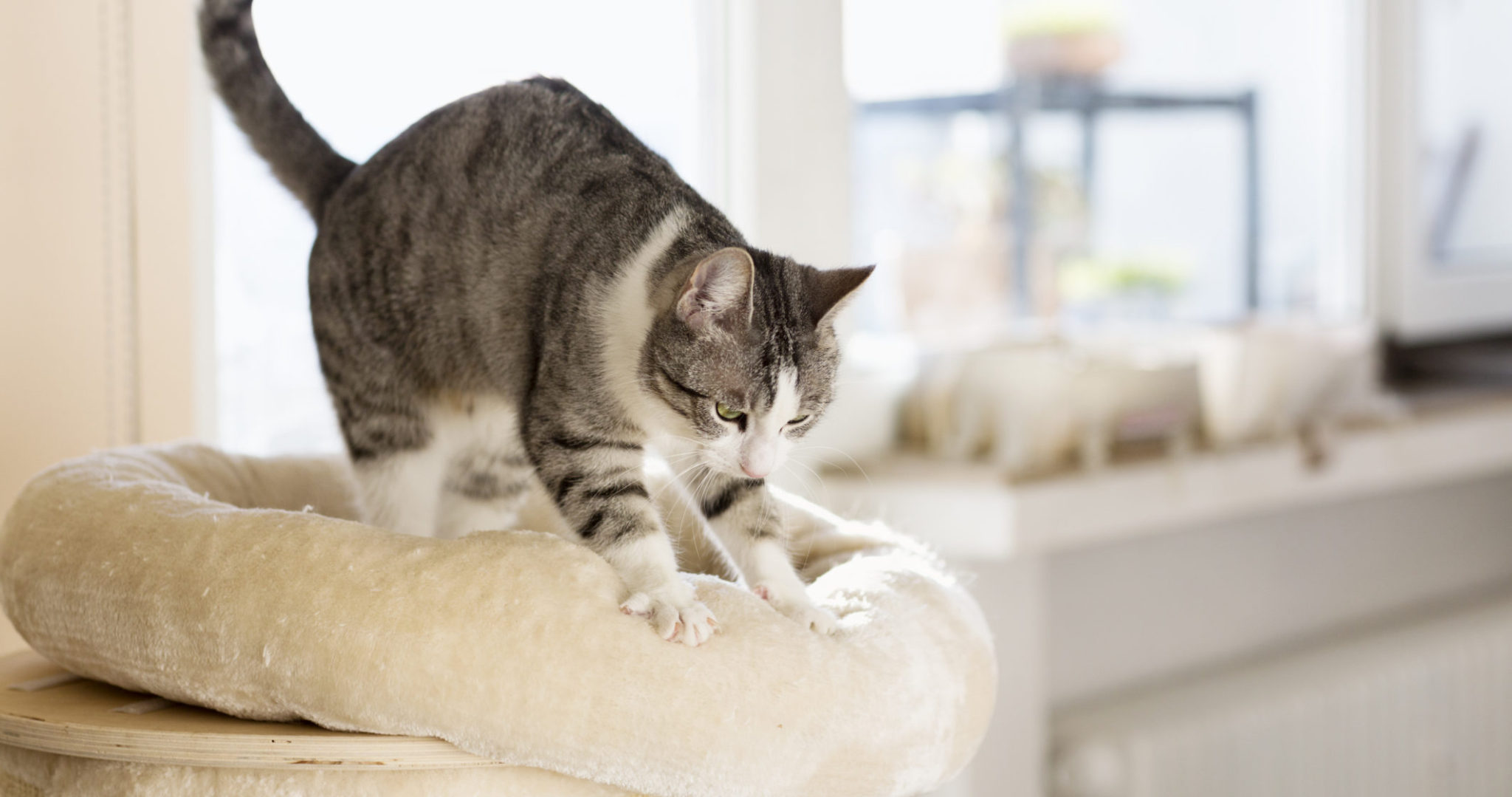


0 thoughts on “Why Do Cats Scratch On Mirrors”